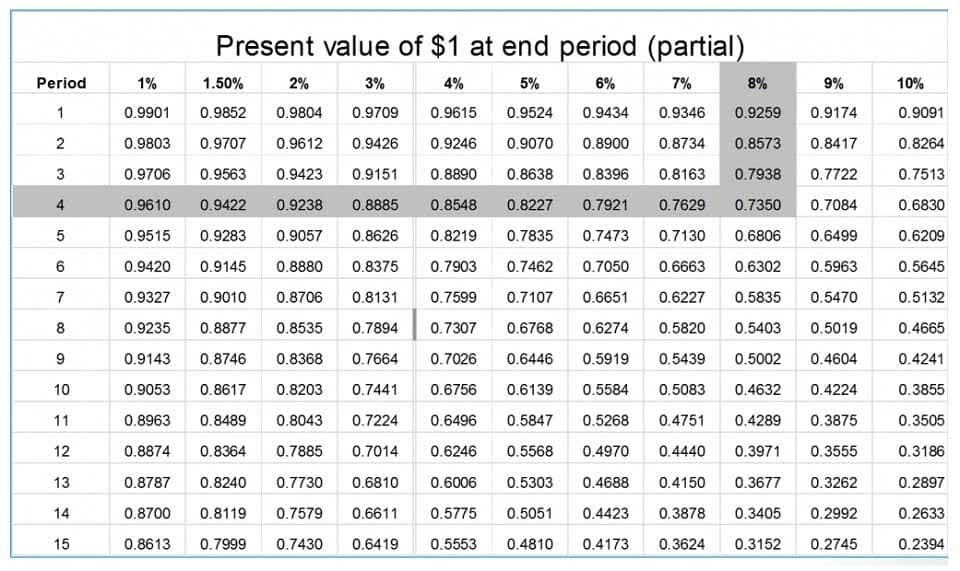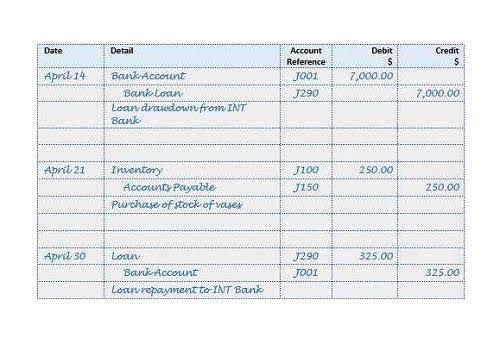
Cost per unit refers to the total expense incurred to produce a single unit of a product. This metric is net sales crucial for manufacturers to monitor costs, set competitive prices, and optimize production efficiency and profitability. Many product-based businesses, from smaller local shops to large corporations, calculate their cost per unit.
- Therefore, it is important to specify the relevant cost and the relevant units when calculating the cost per unit.
- In this case, you would need to determine a new fixed cost to take into account this additional expense.
- People sometimes fail to assess the cost per unit accurately because they do not understand or incorrectly evaluate its components.
- To make money, you must sell each unit of your product for more than $50, for instance, if the cost per unit for your product is $50.
- It refers to the average cost incurred to produce or deliver a single unit of a product or service.
Overlooking inventory changes
By comparing the cost per unit with the price per unit, you can assess your company’s gross profit margins. Manufacturers can leverage ERP tools to negotiate better volume discounts and compare supplier pricing. This helps secure the best deals for raw materials and shipping, ultimately lowering cost per unit.
- Effective communication with suppliers results in effective supply management leading to optimized cost per unit.
- It does that by handling repetitive and labor-intensive tasks performed by human workers.
- For your business to be profitable, your cost per unit must be lower than the price you charge each customer for a unit.
- The total cost may include direct materials, direct labor, manufacturing overhead, selling and administrative expenses, and other costs.
- This formula can be utilized to find the cost per unit for any given product.
- For instance, if the cost of a hat you sell is $10 per unit, you could sell each one to customers for $25 and make a profit of $15 on each one.
Total Fixed Costs

This method is particularly useful for businesses with complex cost structures and multiple cost drivers. To accurately calculate the cost per unit, businesses employ various cost allocation methods. One common approach is activity-based costing (ABC), which assigns costs to specific activities or processes based on their consumption of resources. Another method is the traditional costing system, which allocates costs based on predetermined overhead rates. This will give Car Dealership Accounting the average cost per unit for the given level of production and time period.
Streamline production processes

To begin with, you can outsource non-core tasks to specialized service providers instead of handling everything in-house. It can help cut down labor costs, space requirements, warehousing expenses, and the need for special equipment. For instance, the cost of producing a smart TV will be higher than that of a shirt.
Tracking and managing these costs allow businesses to determine cost-saving opportunities and improve overall operational efficiency. They also provide insights into the cost structure and financial implications of different business scenarios, enabling informed decisions. Examples of fixed costs are factory rent, utilities, direct labor costs/salaries, insurance premiums, property taxes, and lease payments for machinery or equipment. Suppose a business produces 1,000 pairs of ice skates for a total production cost of $20,000. Dividing the total production cost by the number of units produced provides a cost per unit of $20 per unit.
- Total variable costs are the expenses that are proportional to the number of units produced or sold.
- Our advanced tool enables you to efficiently prioritize delivery stops, manage multiple routes, and ultimately save valuable time and fuel expenses.
- Pricing reflects both the cost per unit and the profit margin, and setting the right price for finished goods and services is crucial to maintaining profitability.
- If there are any changes to the duct layout, you may be able to claim the additional square meter as per your contract rate.
- The time required to find the candidate, combined with salary and benefits, can make the process inexpensive for a short-term need.
It helps lower overhead expenses, streamline operations, and boost profits. Fixed costs are distributed across all units, meaning the average cost per unit decreases as production increases. ShipBob also helps your online business with tracking distribution metrics and inventory management KPIs so you can easily make cost-conscious supply chain decisions.
Fixed Costs

One of the most important concepts in accounting and finance is the cost per unit. This is the amount of money that it costs to produce one unit of a product or service. Knowing the cost per unit can help businesses to set prices, manage budgets, evaluate performance, and make decisions. In this section, we will explain the formula for calculating cost per unit and how to use it in different scenarios. We will how to find the cost per unit also compare the cost per unit of different products and services and discuss the factors that affect it. Variable costs, on the other hand, are expenses that change as production or sales increase.
Implementing quality control measures at multiple stages of production can help catch defects early. Investing in better equipment, improving worker training, and refining manufacturing techniques can significantly lower defect rates. Lower defects mean fewer returns, better customer satisfaction, and reduced production waste—leading to a lower cost per unit. Businesses succeed when they continually assess their fixed and variable costs and look for ways to reduce them to lower the overall cost per unit. This formula combines fixed and variable costs and divides them by the total number of units to determine the expense incurred for each unit.
Company
Regularly evaluating supplier performance and exploring alternative sourcing options can further optimize costs. If the total fixed cost is $10 million and the variable cost is $8 million, the total will be $18 million ($10 million + $8 million). Therefore, entering into negotiations with your suppliers to source them at a lower cost and favorable payment terms is imperative. You can seek flexible options like volume discounts, extended payment terms, and trade credit arrangements.
